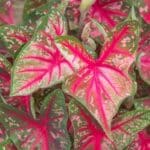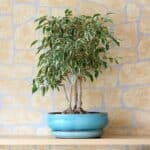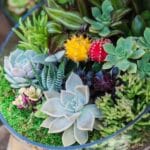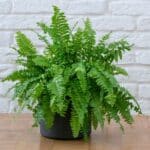The texture of a plant's leaf is one way of identifying or characterizing a plant. Thick leaves are often called succulents. This is because many of them, like aloe vera, for instance, have some gel-like juice within.
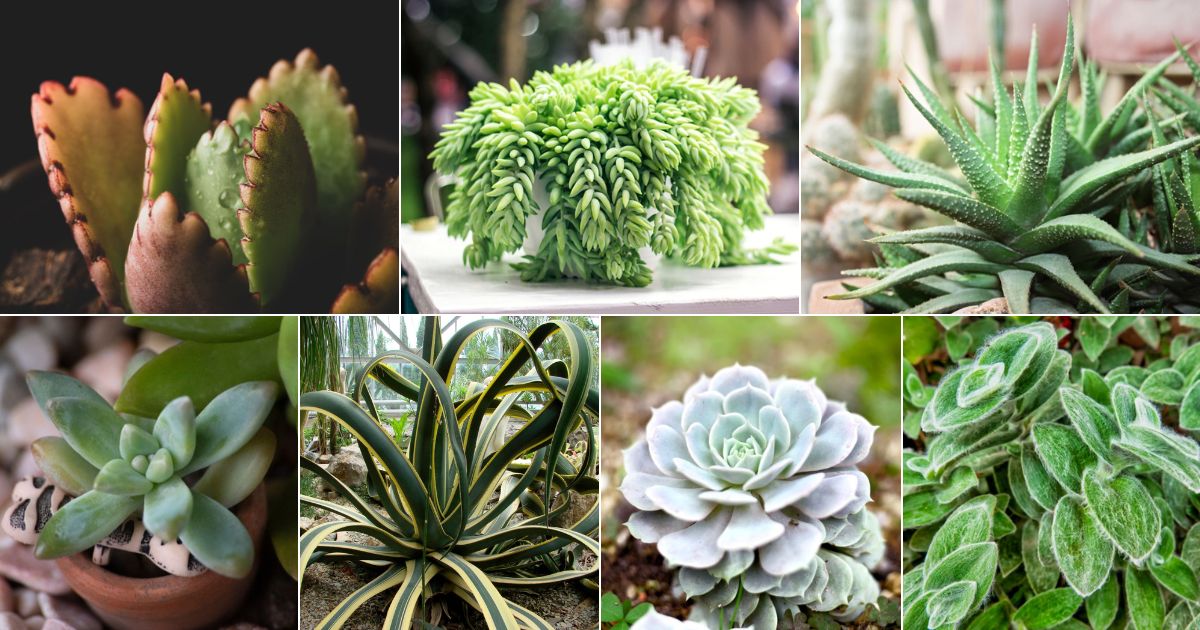
We have many different types of plants with thick leaves, which are known for retaining moisture, making them need less watering than other plants.
You will, however, notice that when you starve them of water for too long, their once robust and thick leaves become less dense because of the extra work they have been put through into providing hydration for themselves.
Plants with thick leaves have a pretty commanding presence—some of them possessing some health benefits.
Jump to:
- List Of 20 Plants With Thick Leavesa
- 1. Aloe Vera
- 2. Zebra Plant 'Haworthia.'
- 3. Kalanchoe
- 4. Echeveria
- 5. Senecio
- 6. White Spiderwort 'Tradescantia sillamontana.'
- 7. Portulacaria afra 'Variegata.'
- 8. Agave desmettiana 'Variegata.'
- 9. Aloe aristata
- 10. Crassula argentea
- 11. Crinkle-leaf plant
- 12. Gasteria bicolor var. Liliputana
- 13. Lavender Steps
- 14. Ledebouria socialis
- 15. Graptosedum
- 16. Snake Plant 'Dracena Trifasciata'
- 17. Burro's Tail 'Sedum Morganianum.'
- 18. Head of Medusa 'Tillandsia Caput-Medusae
- 19. Ox Tongue Plant 'Gasteria Obliqua.'
- 20. Living Stone Plant 'Lithops'
- Conclusion
List Of 20 Plants With Thick Leavesa
1. Aloe Vera
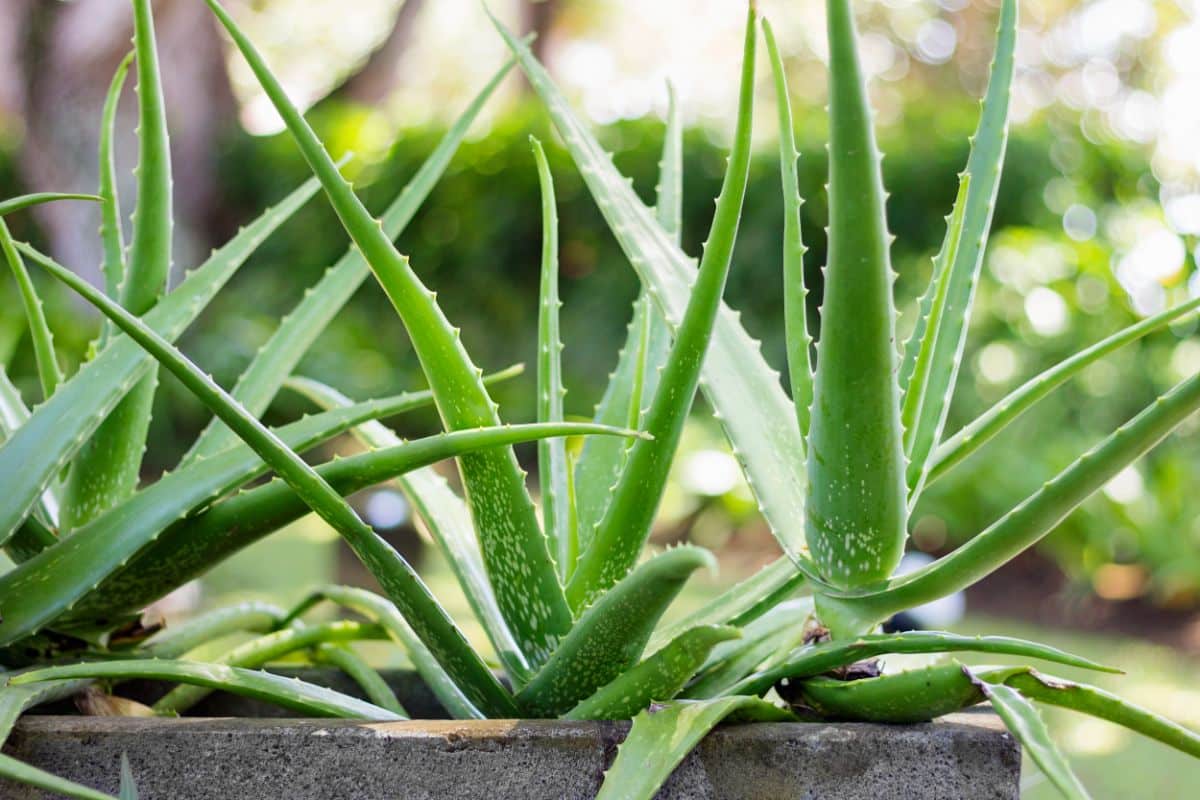
We begin with a trendy plant with leaves, blessed with multiple benefits and used in natural medicine.
Aloe Vera leaves are primarily fat, colored green with faint streaks, and some are just plain green with spikes at the edges. They have thick gel-like juice, which is used for diverse reasons. Aloe Vera can be planted indoors or outdoors.
Many people know and love this plant due to its medicinal properties.
2. Zebra Plant 'Haworthia.'

This plant shares a striking resemblance with aloe vera and gasteria. The similarity can be seen in the triangular shape and texture of the leaf, but the difference lies in the fact that they are much wider at the base than the aloe vera.
The zebra plant stands out with its pointed-tipped leaves, thick white bands, and beautifully splattered speckles all over the stem.
Haworthia is a native plant of South Africa, and they are in cute little rosette forms growing either individually or in clusters.
One significant advantage of the zebra plant, or cactus as they are sometimes called, is that they are easy to grow and care for plants, plus they are also great for beautifying your space.
3. Kalanchoe
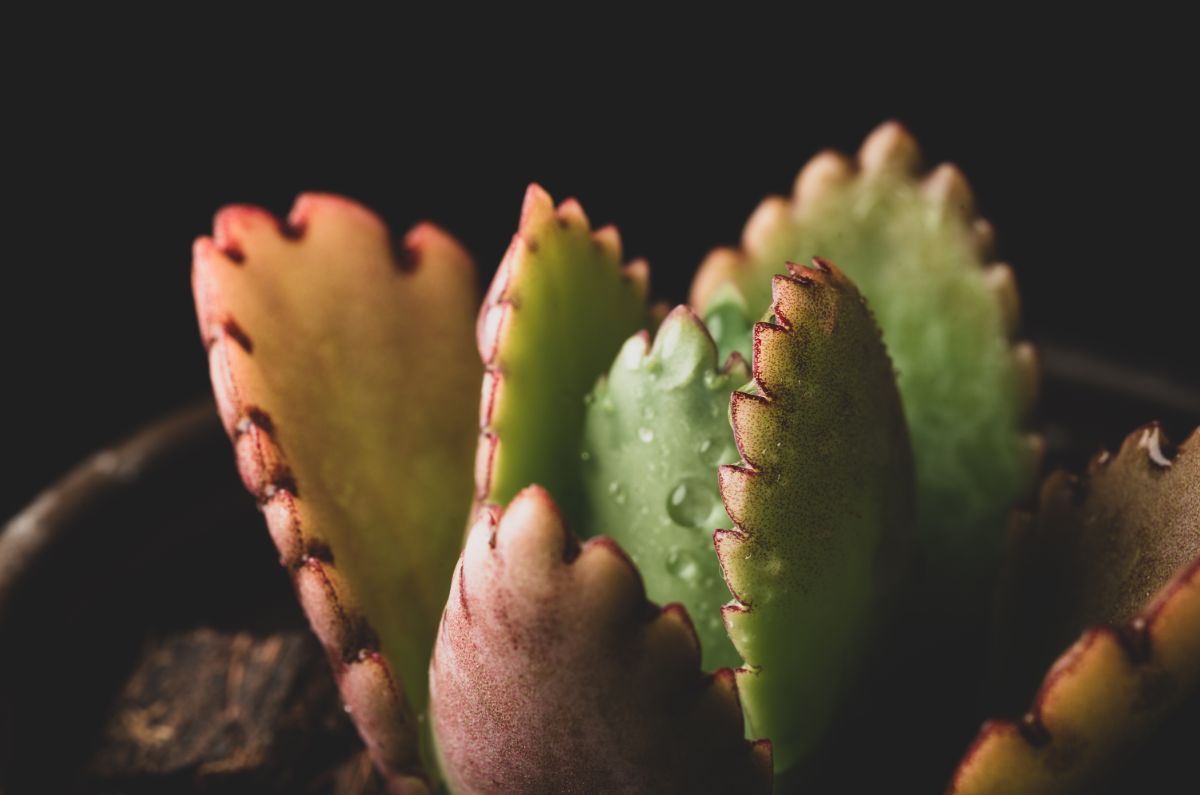
The Kalanchoe does not just have thick flowers, but they are also bright. Not all variants of this plant are broad, though; you will find some, like the Kalanchoe thyrsiflora, flat, smooth, and comprehensive.
An excellent example of a variant of the Kalanchoe with fleshy succulent leaves is the Kalanchoe fedtschenkoi, thick and juicy gray-green leaves variegated with brilliant shades of pink, cream, and white.
Fedtschenkoi attains a mature height and width of about 18 inches and is hardy in zones 10-11.
4. Echeveria
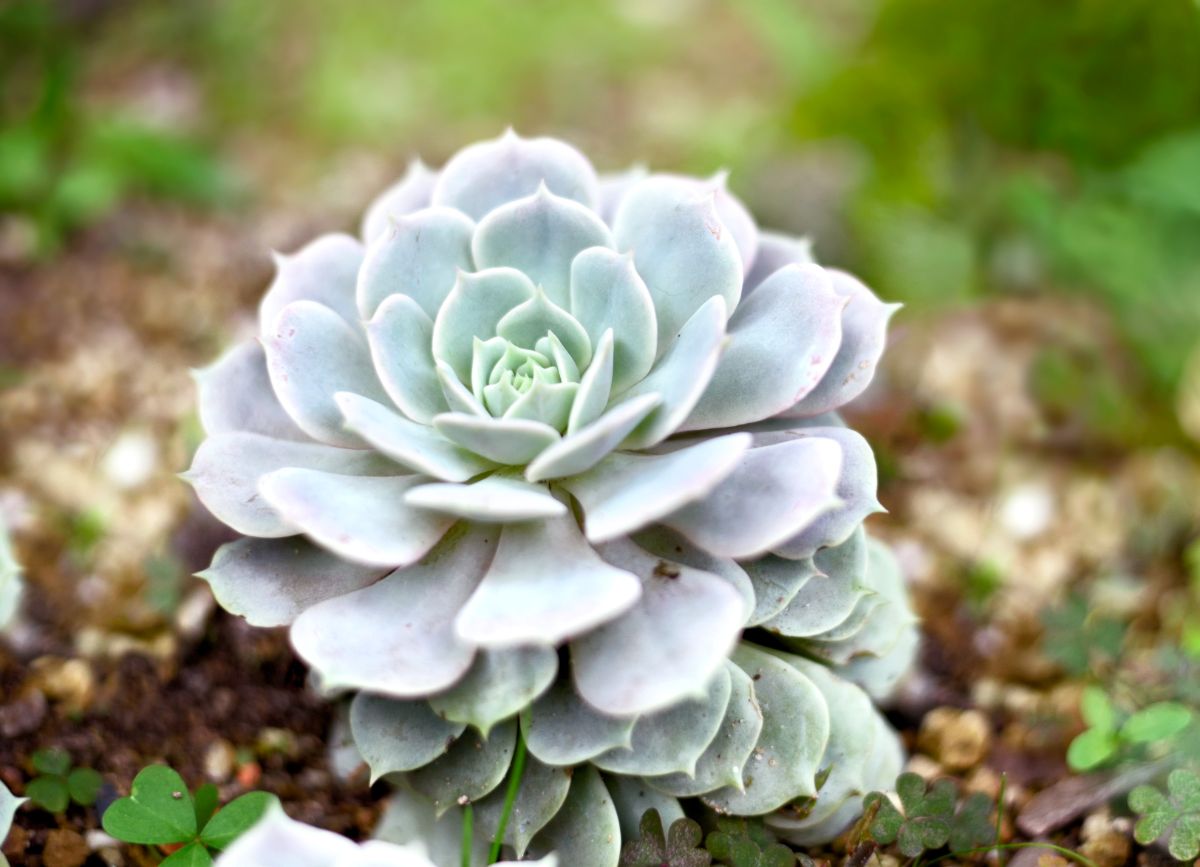
Echeveria as a plant is very popular. A lot of people know them without knowing what they are called. They are one of the famous and most preferred plants.
Amongst the many colors that the echeveria comes in, the blue-colored one is succulent, which is highly sought after.
5. Senecio
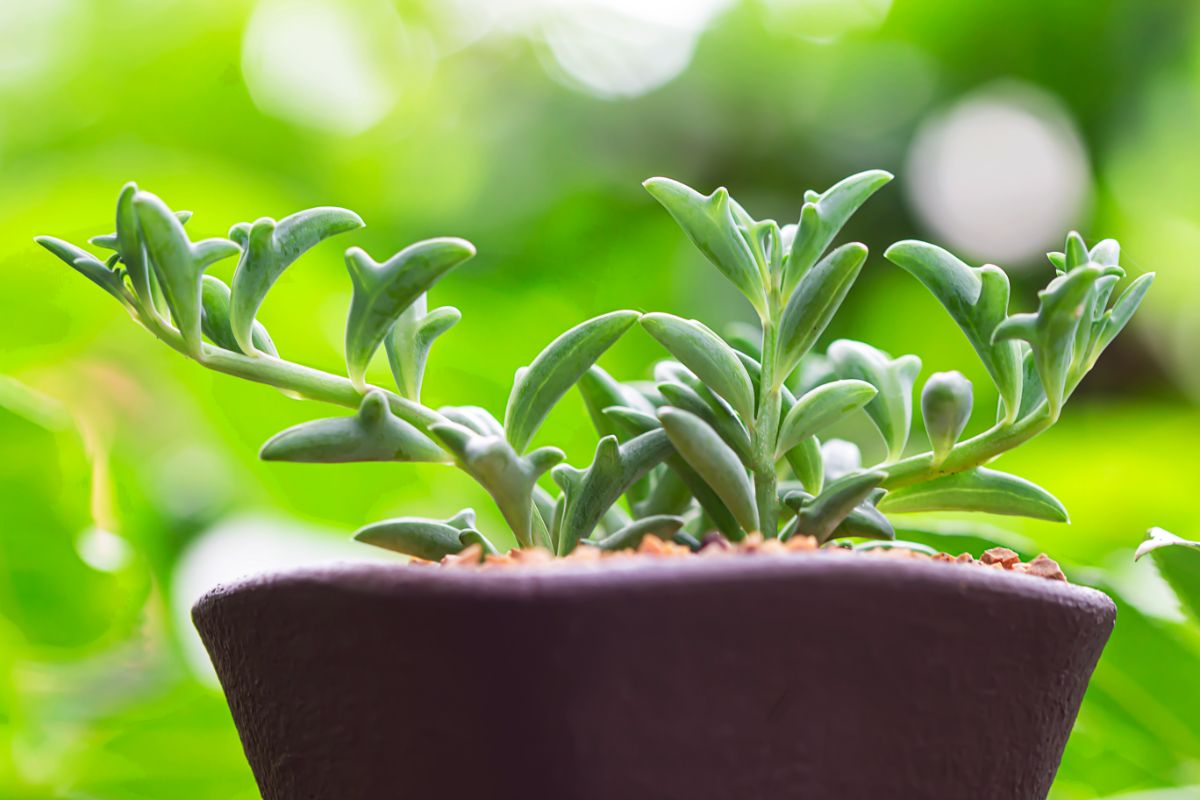
There are several variants of the senecio, and you will find each of them bearing thick leaves in different forms, shapes, and sizes.
Himalayan Senecio, a popular variant, grows like a mini tree, spotting green needle-like leaves. It doesn't recline but stands upright.
Another quite interesting thick-leafed variant of this plant is the senecio vitalis. It has long and narrow attractive powder blue foliage, with an impressive growth height of about 18 inches and a spread of about 18-24 inches.
They are hardy in USDA zone 10.
6. White Spiderwort 'Tradescantia sillamontana.'
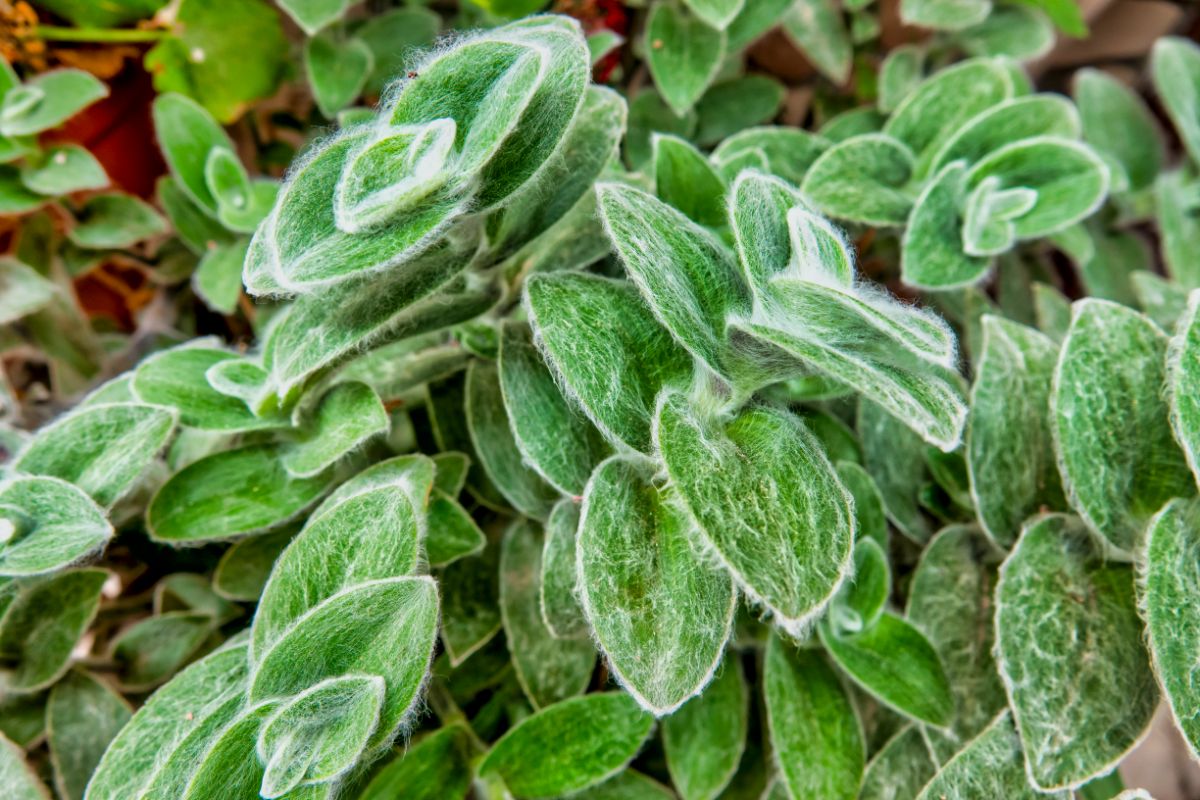
This plant has got features to die for. They are easy to grow and care for plants, and their thick leaves bear white hairs that are silk textured and soft to the touch.
The function these hairs carry out is to avoid loss of water when grown in the desert. The coats also shield the plant from being munched on by animals.
White spiderworts are pretty hardy in zone 10.
7. Portulacaria afra 'Variegata.'
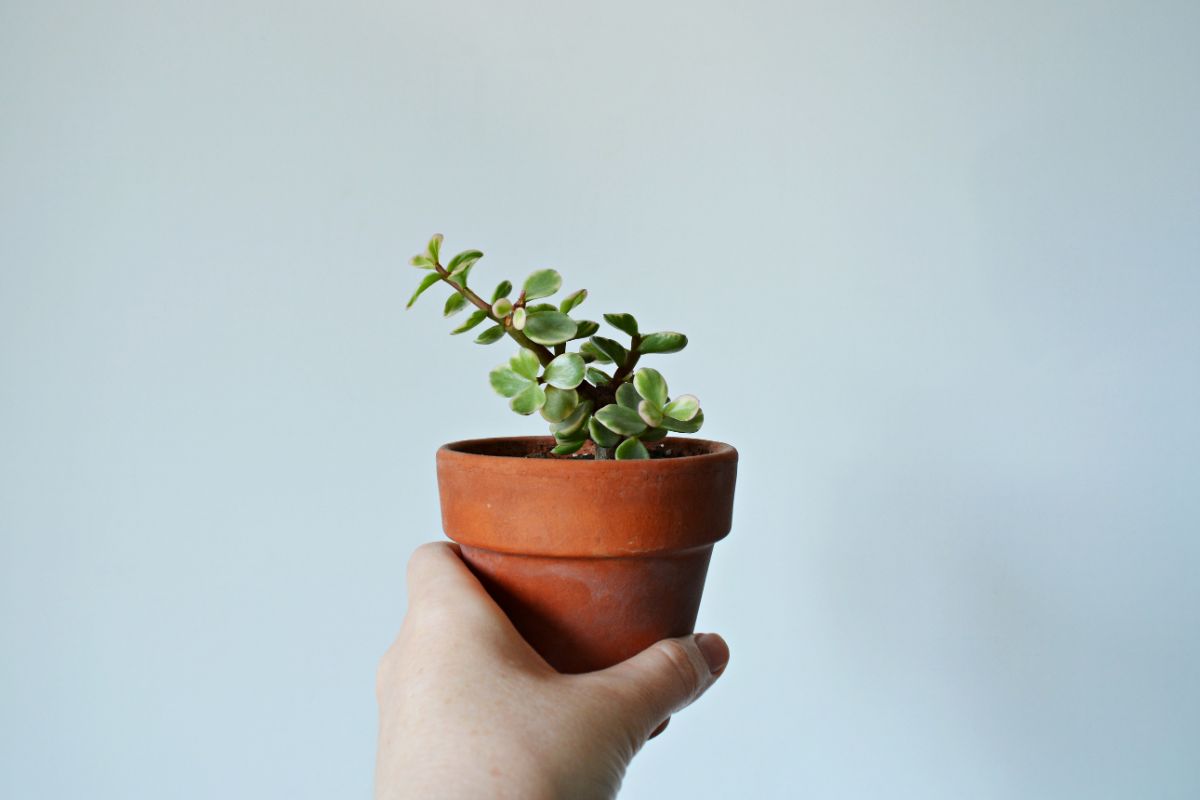
The aesthetics of this plant is one of its most vital features. They have attractive red-purple stems with whitish round but small variegated leaves.
They look perfect as a ground cover when the plant is still very young but transition into having close to a bonsai look as they grow.
8. Agave desmettiana 'Variegata.'

You might know this plant better by the name; variegated smooth agave. The plant has blue-green leaves that as thick and soft, and the edges are colored golden yellow.
Agave desmettiana can be grown as both annuals and perennials. Perennials can attain an overall mature height and width of 5ft, while the annuals will get about 18 inches tall and wide.
This plant is a slow grower, but it's usually worth your time at the end of the day. They make a perfect collection for container gardens and are hardy in zones 10-11.
9. Aloe aristata
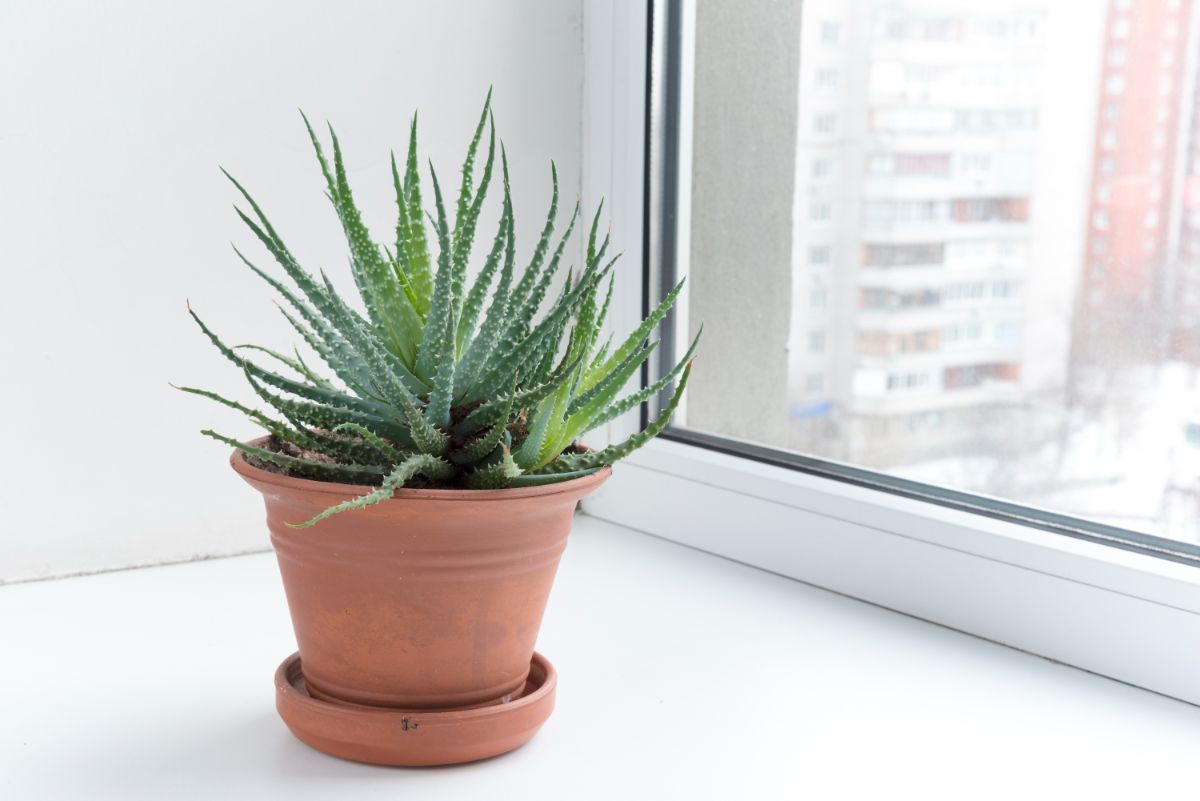
Healthy green, white-spotted leaves characterize this plant; they are compact, growing not more than 6 inches.
Aloe aristata also goes by the name 'lace arrows.' They are hardy in zones 8-10.
10. Crassula argentea
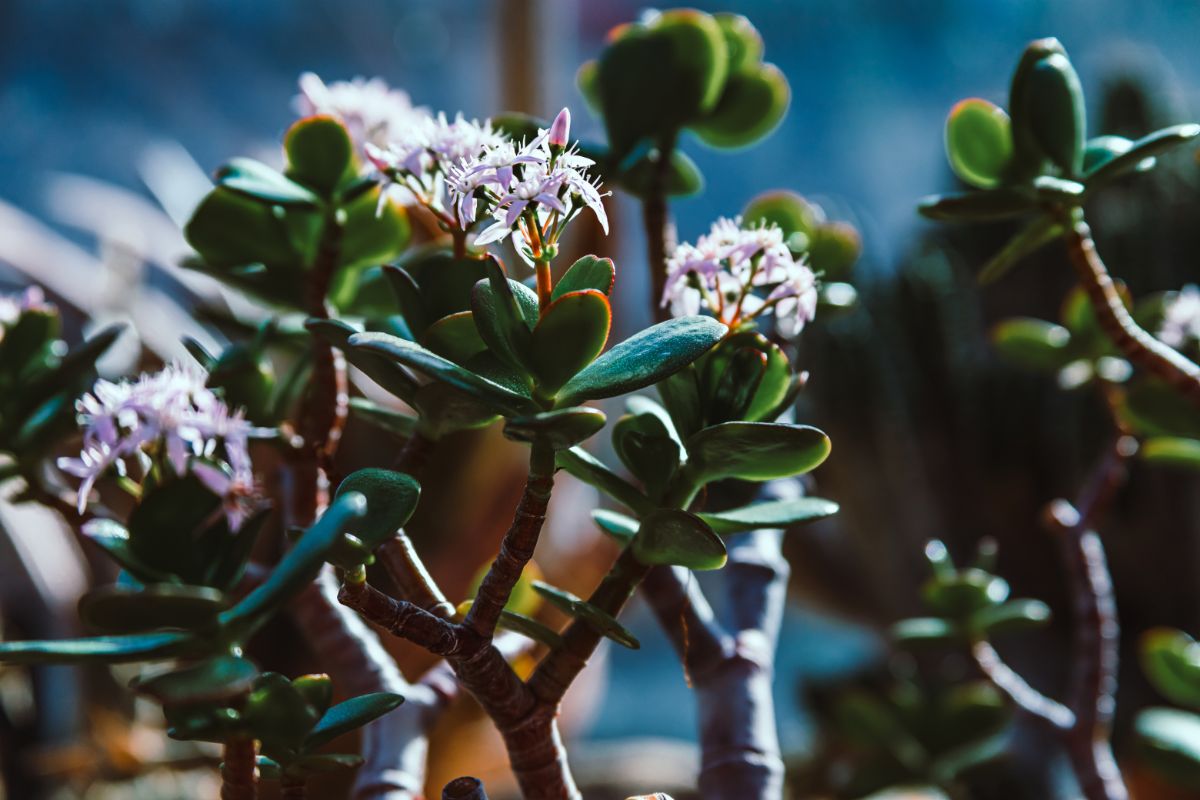
The Crassula argentea is very popular in the world of thick-leafed plants. They have dark green leaves that beautifully contrast with their white flowers.
Crassula argentea's are hardy in zones 10.
11. Crinkle-leaf plant
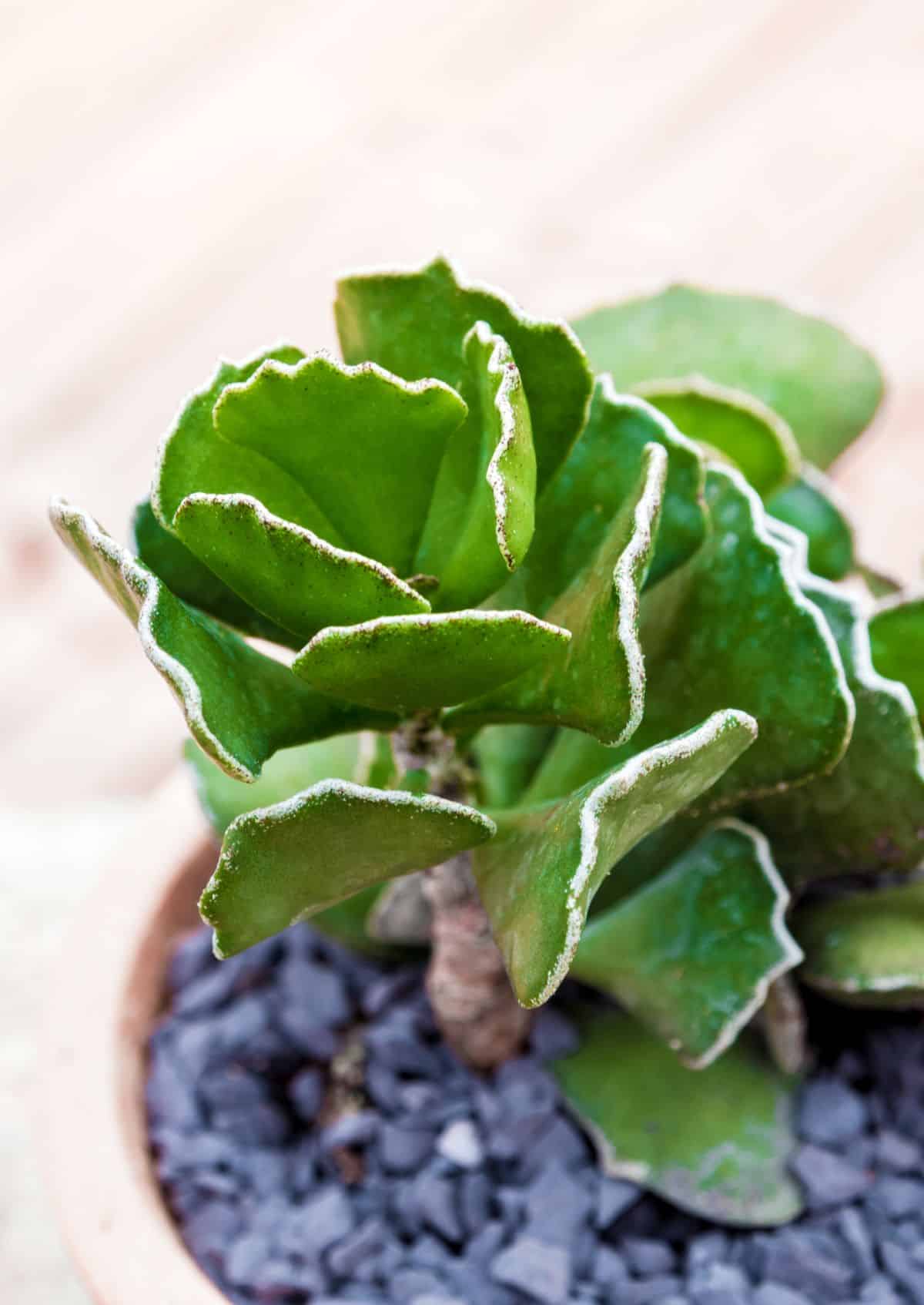
When they are still tender, this plant looks short, thick, and stubby. However, they take on a beautiful rose-like shape with well-designed leaves when they grow.
Crinkle leaves are perfect for growing as houseplants. They are hardy in zone 10.
12. Gasteria bicolor var. Liliputana
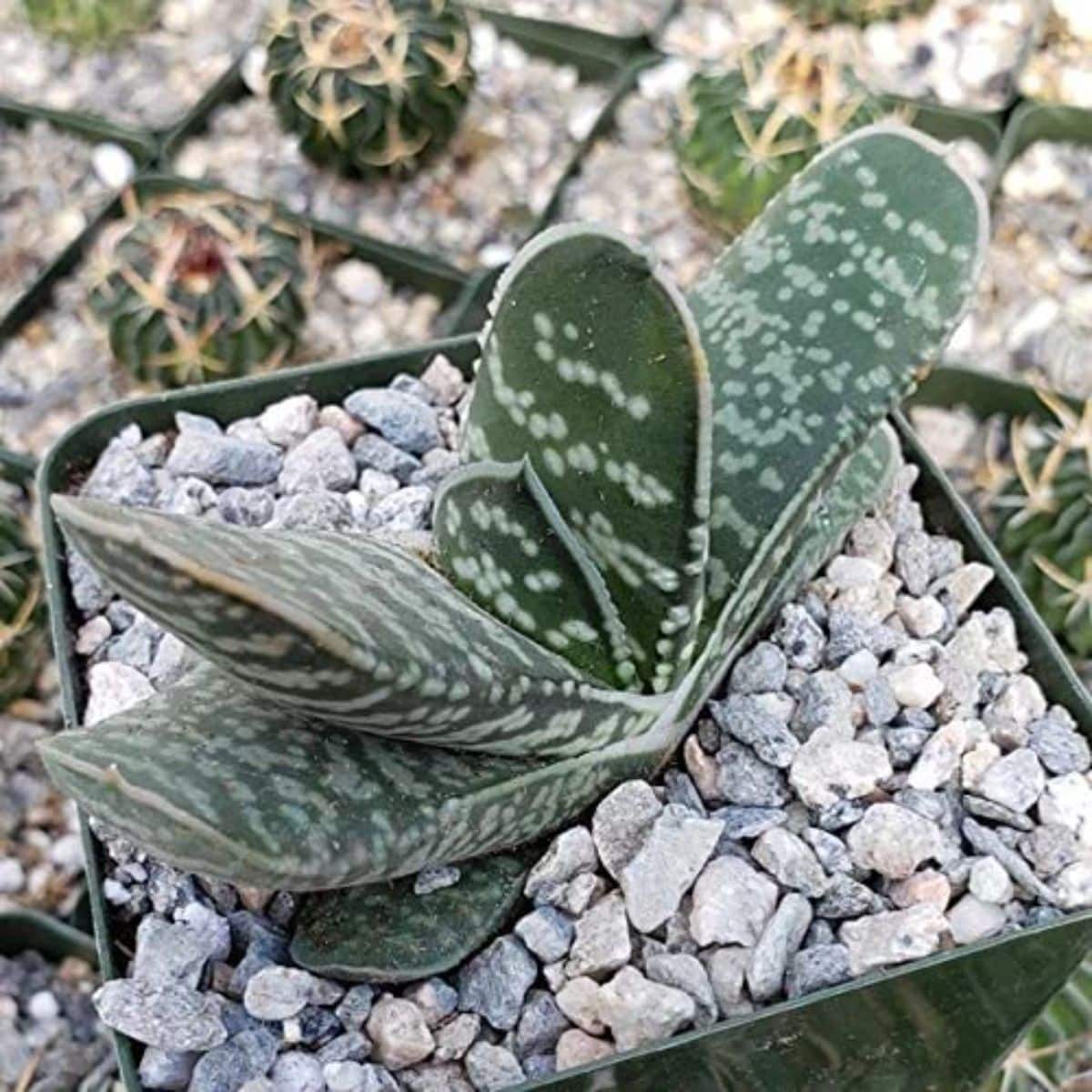
The first thing to notice about this plant is its dwarf size. Although small, this plant has got striking dark green leaves with light green spots all around it.
Due to their size, the plants make great houseplants. Do ensure to keep them planted in a place where they will be able to enjoy the part shade.
The lilliputian is hardy in zone 10.
13. Lavender Steps
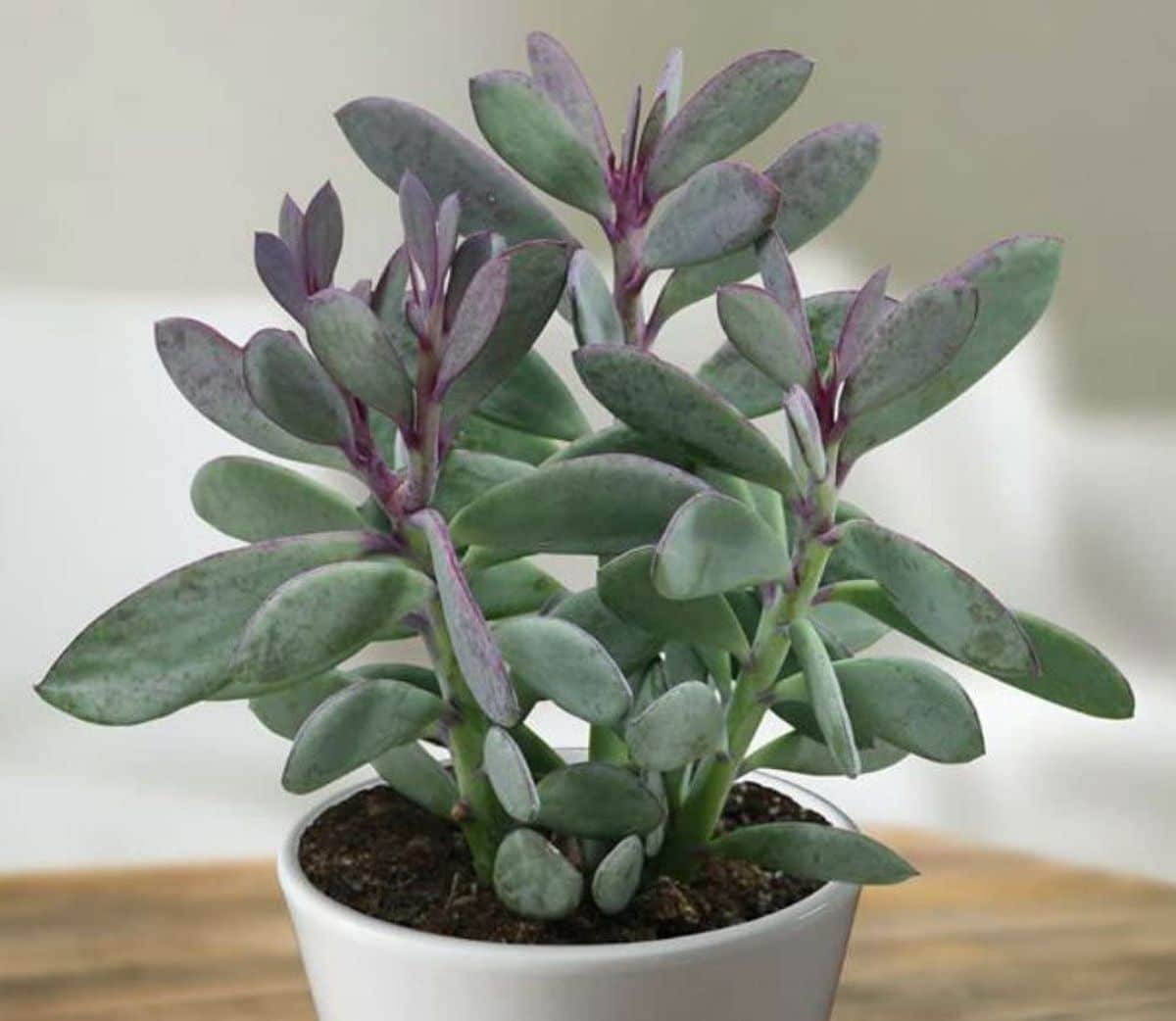
Easy-going and low-maintenance plant. Lavender Steps have gray-green flattened leaves with purple edges.
Lavender Steps, or propeller plant, like, as some will call it, can attain a mature height size of 60cm.
14. Ledebouria socialis
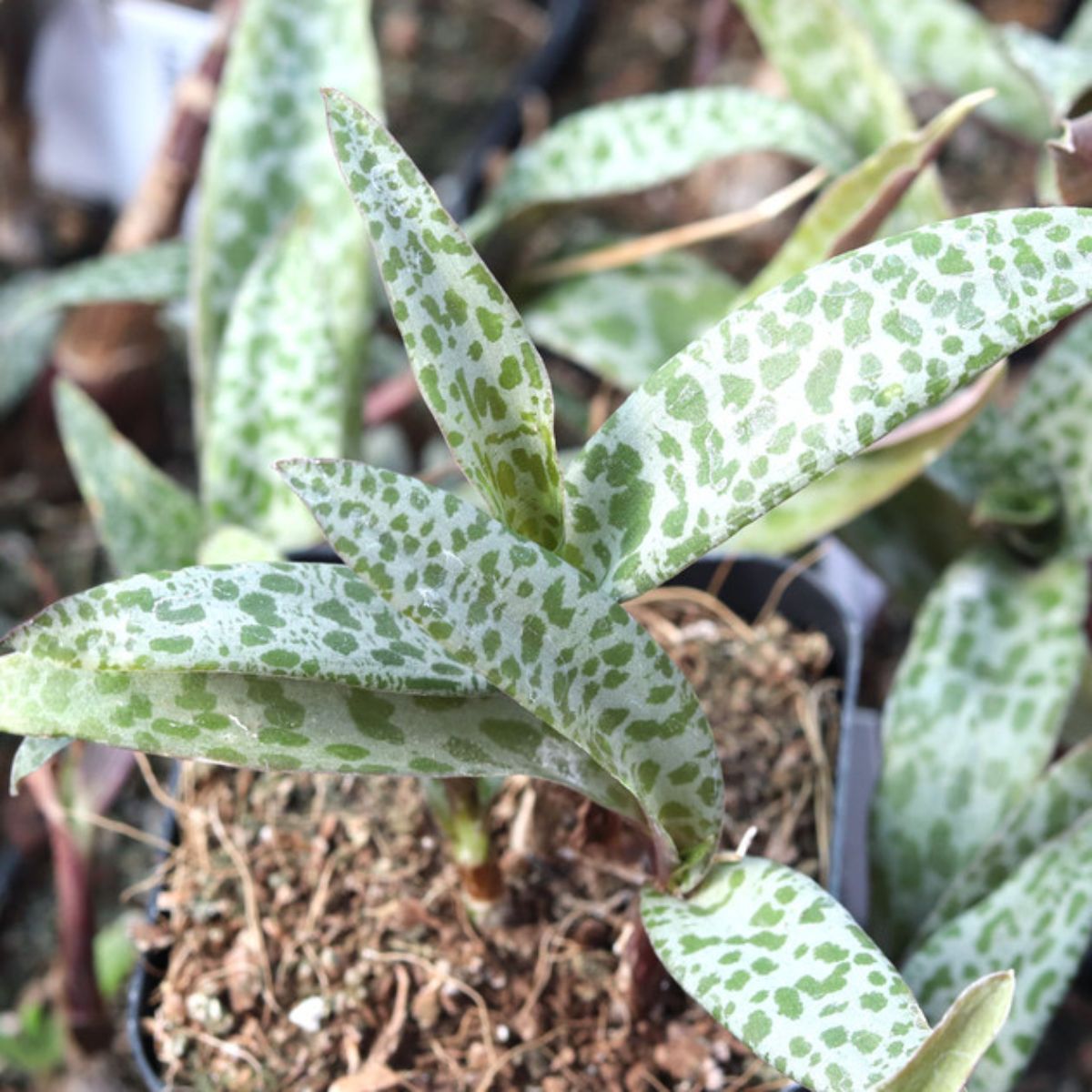
This plant is nicknamed silver squill due to its silvery leaves with beautiful green spots around them. It is also known as Scilla violacea.
The Ledebouria socialis plant isn't precisely selective and can be grown under the sun or shade. They can attain a height and width of 8 inches and are hardy in zones 10-11.
15. Graptosedum
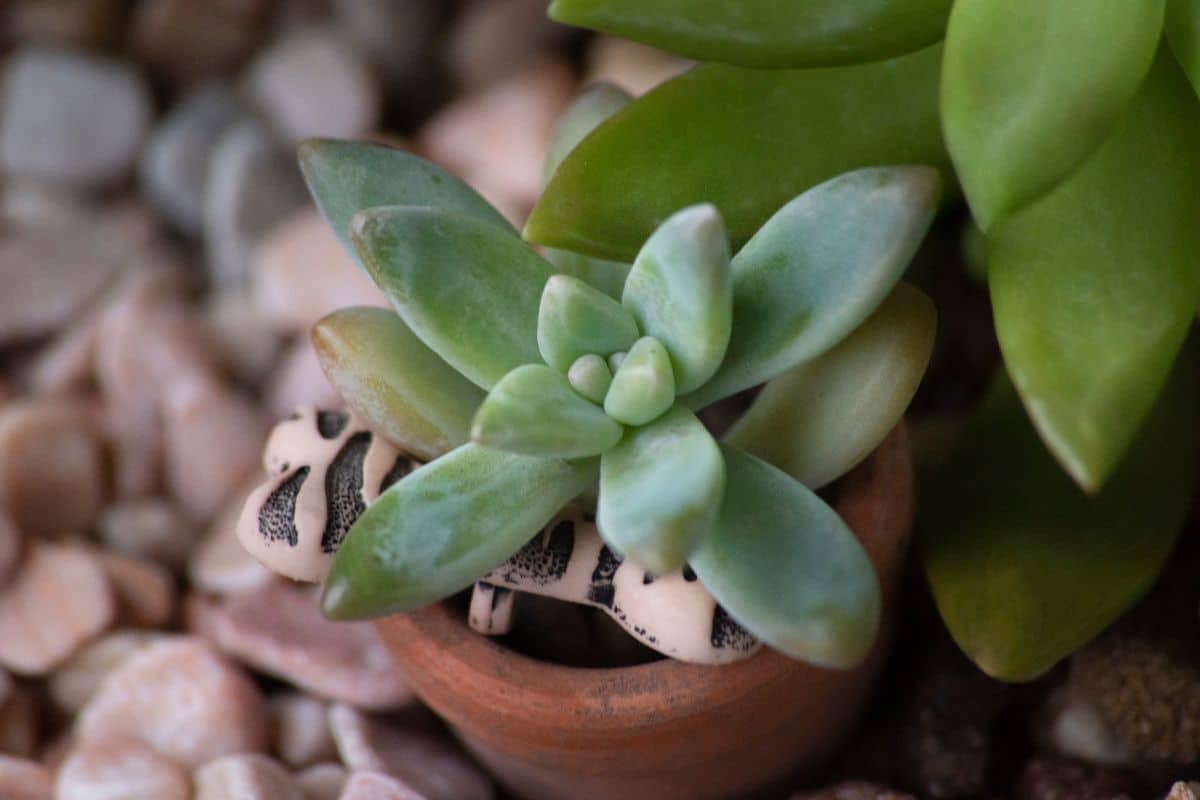
The thick leaves of this plant are in a rosette-like form. They bear a slight resemblance to the echeveria, only that they are more fleshy and fatter.
Graptosedum's come in various colors like purple, green, peach, white, and lots more.
For best results, have them planted on the dry side.
16. Snake Plant 'Dracena Trifasciata'
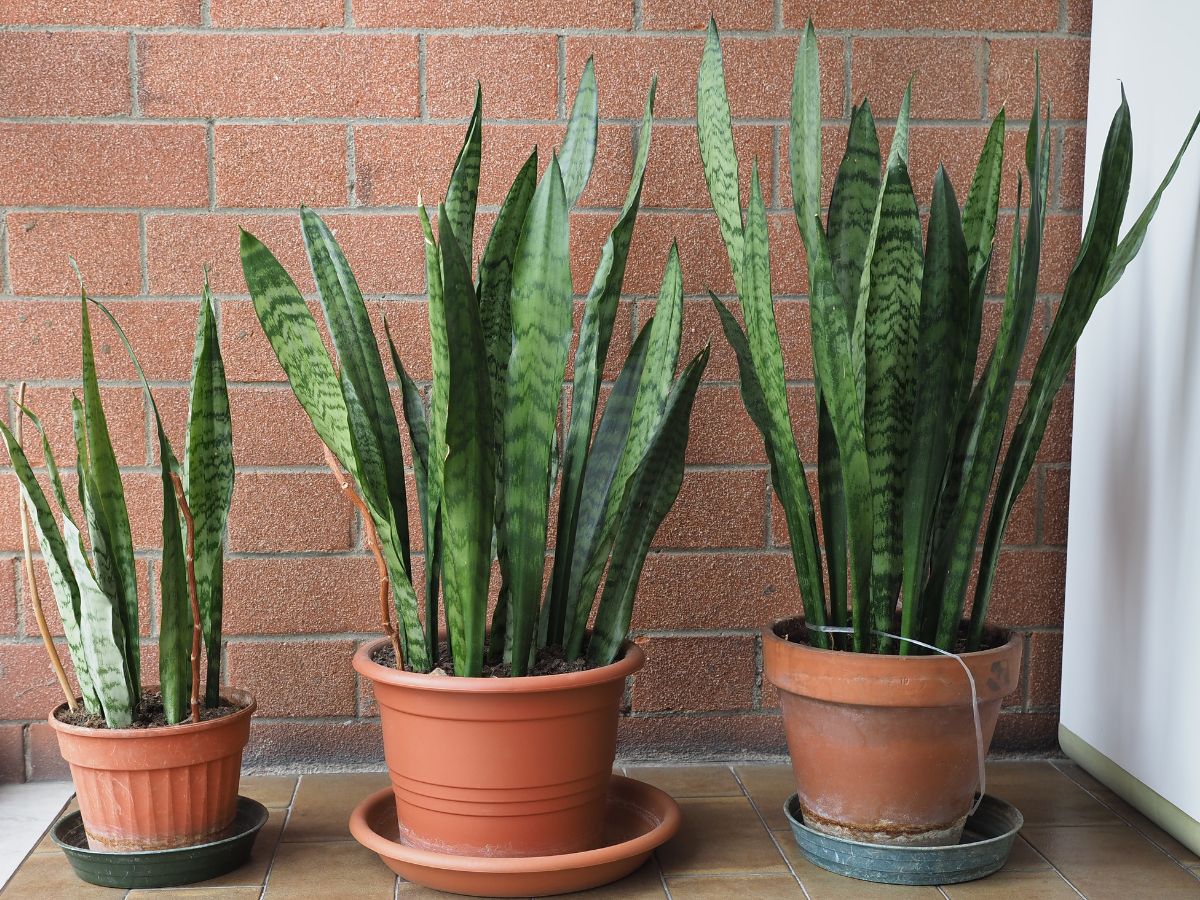
Some people confuse the snake plant with aloe vera, but if you look closely, you can spot the difference quickly.
While they look similar, the snake plant is less thick than the aloe vera. They are plump, no doubt, and their leaves have proven to be more flexible than the spikes of an aloe vera.
They have attractive green leaves with yellow edges, while others are just plain green leaves.
Features that have endeared this plant to most gardeners is its hardiness and quick grow, and caring nature.
The snake plant would thrive better under low light conditions, unlike most of its counterparts.
17. Burro's Tail 'Sedum Morganianum.'
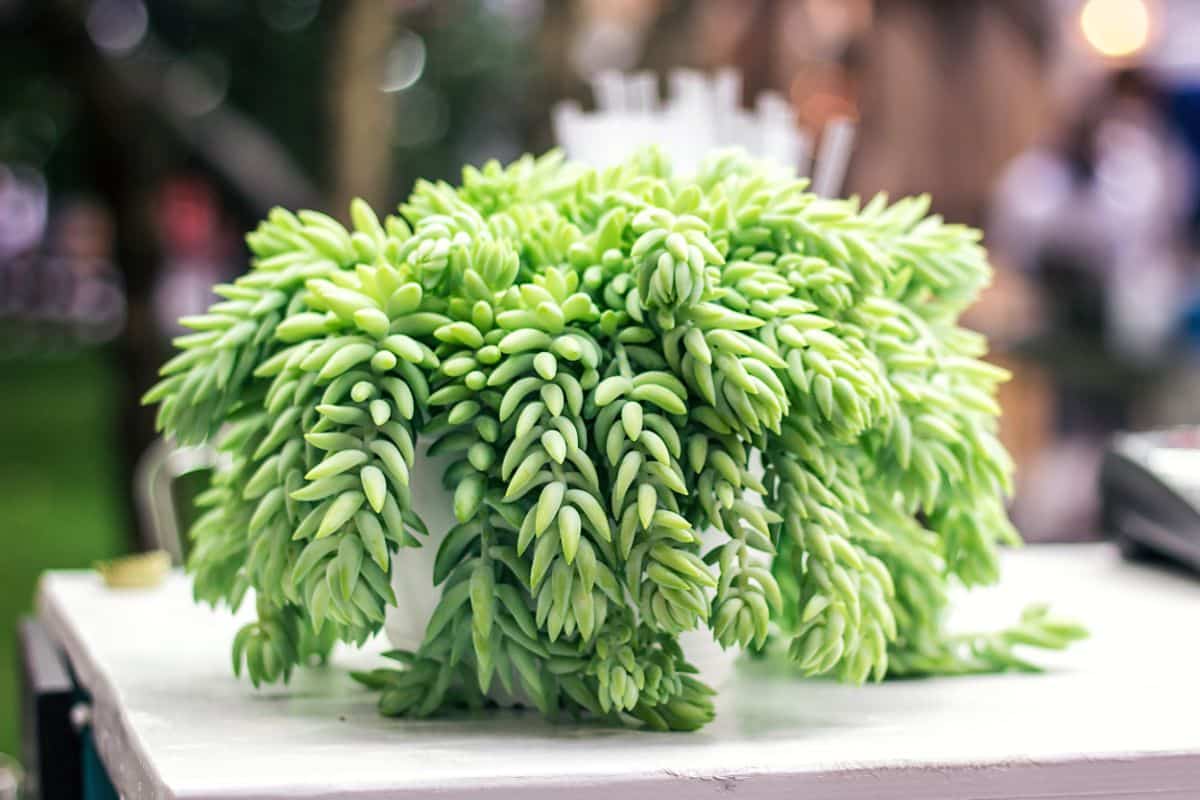
They call it the Burro's tail because it looks so much like the tail of a horse or donkey.
The Burro's tail has a peculiar growth pattern. They gather their small, thick leaves in shades of green, yellow, or light red to form large tassels as they grow.
The plant is good when used as trailing houseplants as they attain nothing more than 3 feet.
18. Head of Medusa 'Tillandsia Caput-Medusae
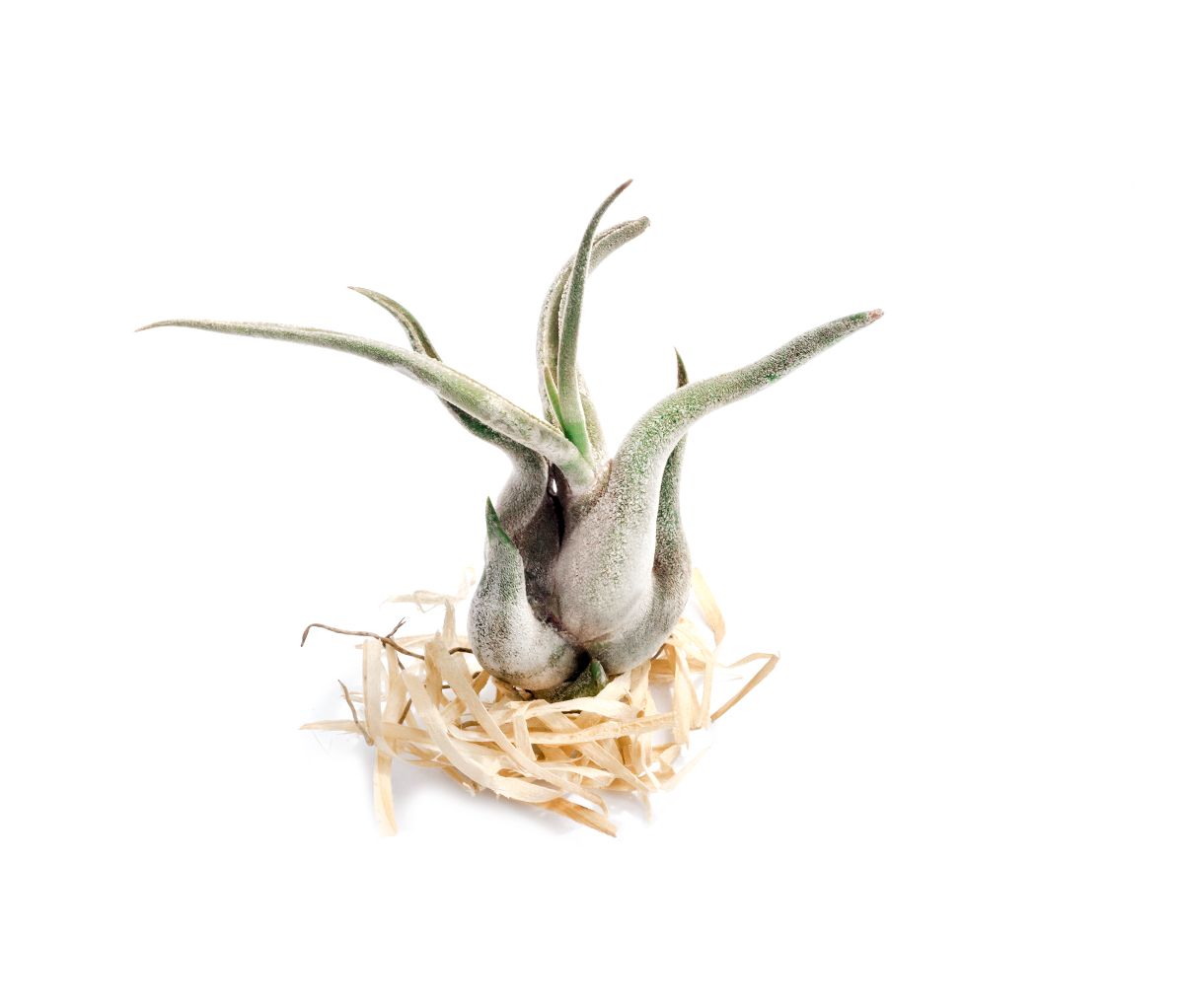
A perfect example of an awkward-looking plant.
The wide wiggling tendrils of the plant, amongst other things, are why they are rightly tagged awkward.
Their awkwardness aside, these plants are super particular as they are not dependent on soil or other substrates to grow. They thrive beautifully, all by themselves, with their roots pressed against rocks or tree trunks.
19. Ox Tongue Plant 'Gasteria Obliqua.'
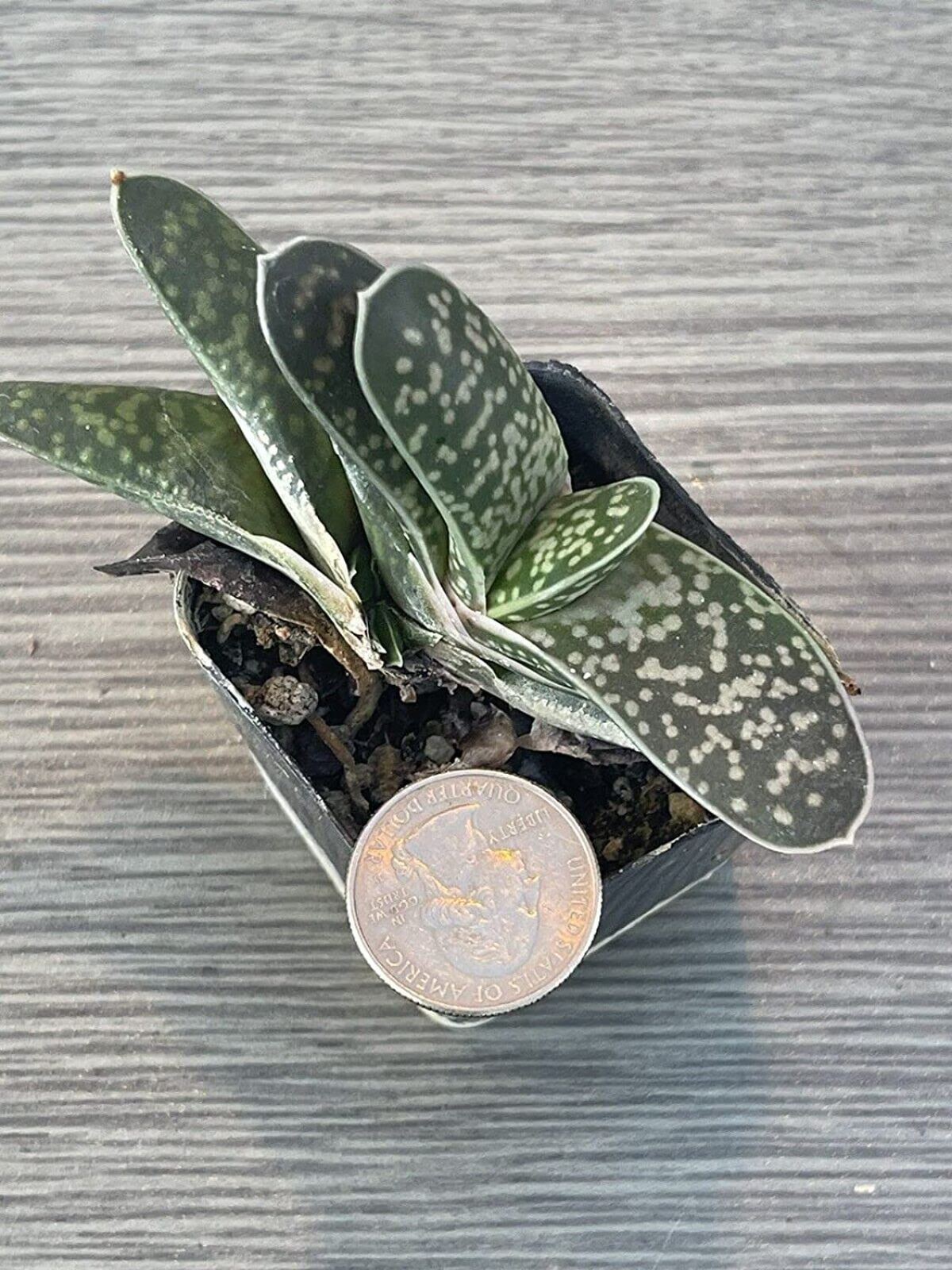
You will find this long, rounded, and robust plant lined up in a row, looking just like greenish tongues.
These plant leaves assume the role of retaining water to keep themselves hydrated during drought.
Ox Tongue plants are categorized as slow growers. Most of them have patterned leaves with either white or light green streaks splattered all over their thick foliage.
20. Living Stone Plant 'Lithops'

A very unusual kind of plant, but it has to be on our list because of its very thick, round, pebble-like leaves. This is why they are also known as pebble plants.
Their thick fleshy leaves play a crucial role in disguising themselves, thereby drastically reducing the risk of grazers finding and feasting on them.
Living stone plants are excellent. It gives you the impression of building a collection of great-looking stones.
Conclusion
Thick plants are pretty trendy and make a bold statement when grown outdoors or as houseplants.
Apart from the fact that they are available in delectable colors and textures, they are versatile too and can be used for diverse purposes. You can have them placed on table tops, window sills, etc. They look great on landscapes and even container gardens.
Another advantage is their easy care feature; they require minimal care and can thrive in most containers.
It is imperative to note that most of these thick leaves are not to be consumed by both humans and animals because of their toxic nature.

